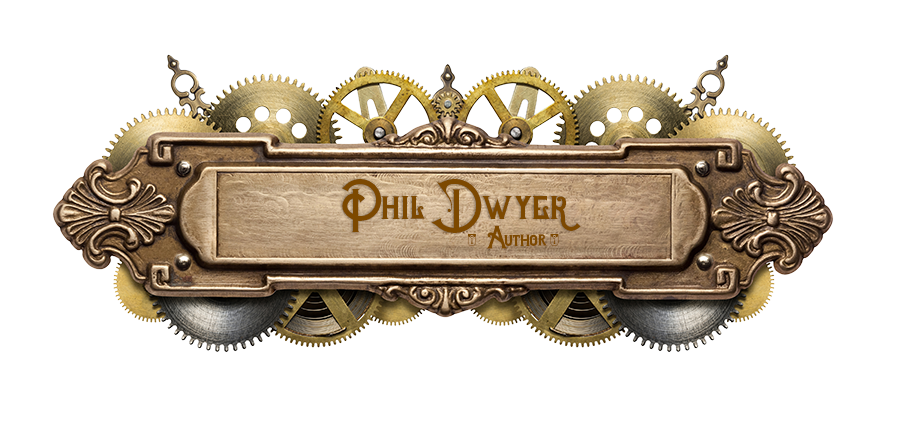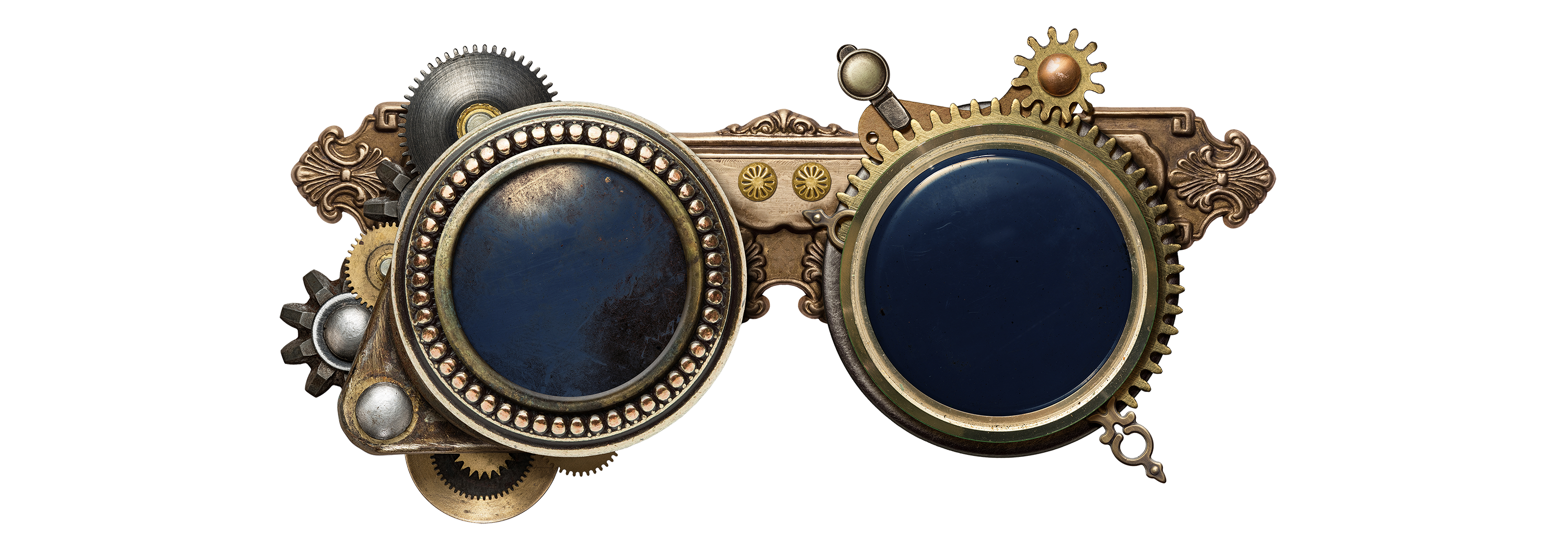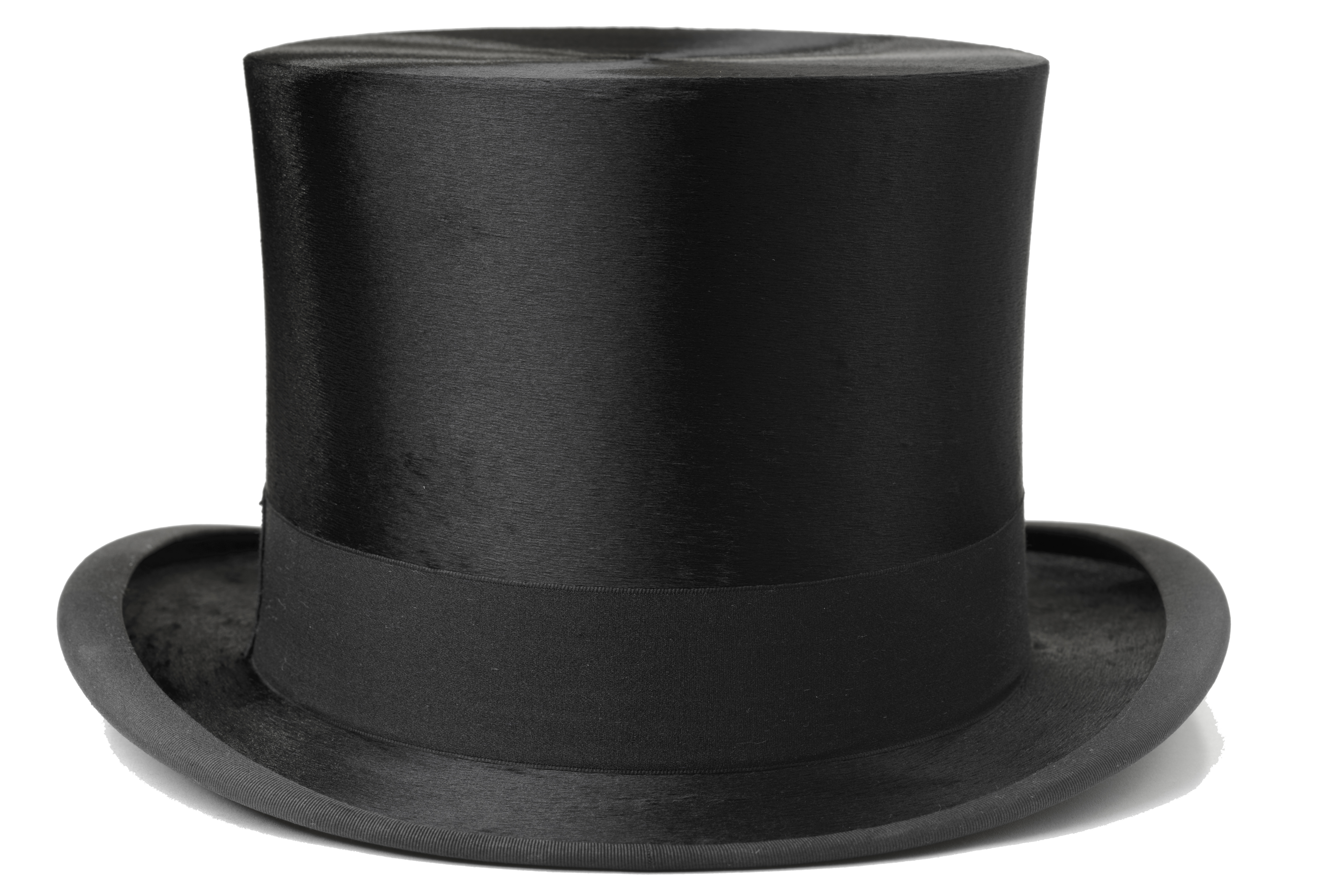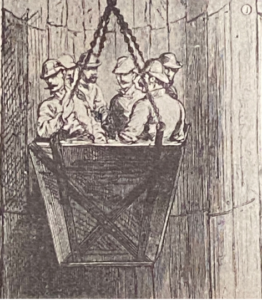A short, esoteric history of eye protection down the ages


Nothing captures the fickle nature of fashion and cultural trends better than this humble accessory. Sunglasses came to us en masse only because of a capricious combination of technology, market opportunism and coiffure.
Here’s how it went down. Hollywood movie stars—seeking to avoid the harsh Southern Californian sun ‡—took to wearing protective eyewear. Sunglasses were suddenly a hot item, but they were not widely available, and they were expensive. At least they were in the 20s. But help was at hand (this is where technology, coiffure and materials science comes in).
The Hollywood starlets of the 20s started to wear their hair short. The general public followed suit. Sales of imitation tortoiseshell (celluloid) combs plummeted. Ladies’ hair accessories was the major business of Foster Grant, a small American plastics manufacturer. Sam Foster, the company’s founder, was nothing if not an opportunist. He realized that injection moulding technology made it possible to manufacture cheap(er) celluloid sunglasses.
Which is sort of ironic when you think about it. It was the celluloid film and its celluloid stars who had almost put him out of business after all, and it was celluloid which saved the day. Foster Grant’s sunglasses were sold initially at F.W. Woolworth’s store on the Atlantic City Boardwalk. They went on to take the world by storm, inspiring a glut of imitators, such as Ray-Ban and Polaroid.
At this point I should point out that there is no truth in the rumour that sunglasses were the brainchild of Algernon Quasley-Botham-Squyre—the scholar of Slaithwaite Hall Academy, famed for his invention of the Dark Bulb.
In fact protecting our eyes from the harmful effects of the sun is something humans have been doing for thousands of years. Oddly (or, perhaps, predictably) it wasn’t in the sun-kissed regions of the Earth where the practice first arose, but in the Arctic. The Inuit developed flattened Walrus ivory goggles with narrow slits to block reflected sunlight (below).

And, according to the Sunglasses entry in Wikipedia: “Sunglasses made from flat panes of smoky quartz, which offered no corrective powers but did protect the eyes from glare, were used in China in the 12th century or possibly earlier. Ancient documents describe the use of such crystal sunglasses by judges in ancient Chinese courts to conceal their facial expressions while questioning witnesses.”
X.T. Pfuffenstoffel
Notes and references:
‡ Some sources claim it was the magnesium flashlights of the Hollywood paparazzi and the insanely bright lights used in filming that inspired the use of protective eyewear by Hollywood stars. Source: Racked.com.







